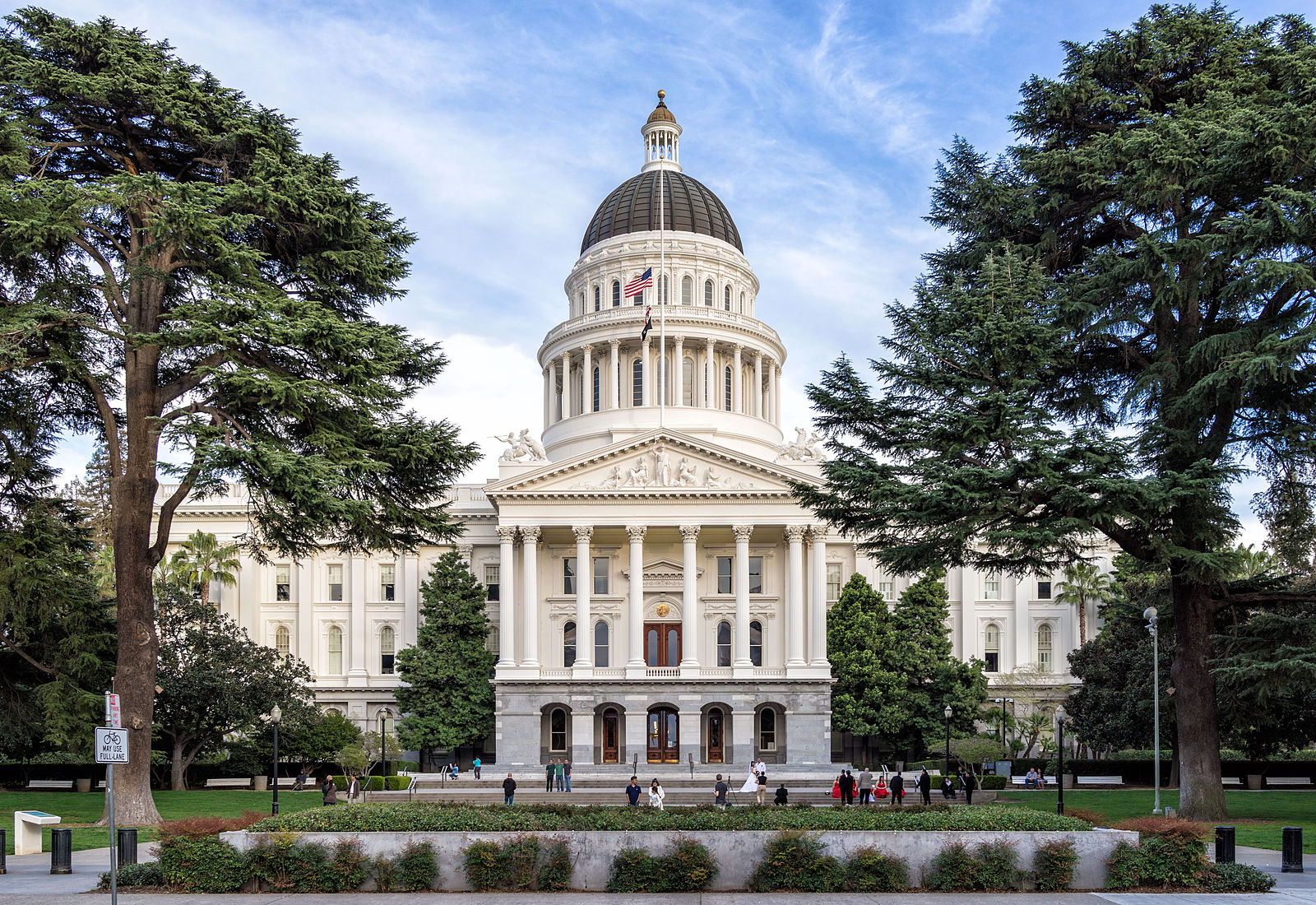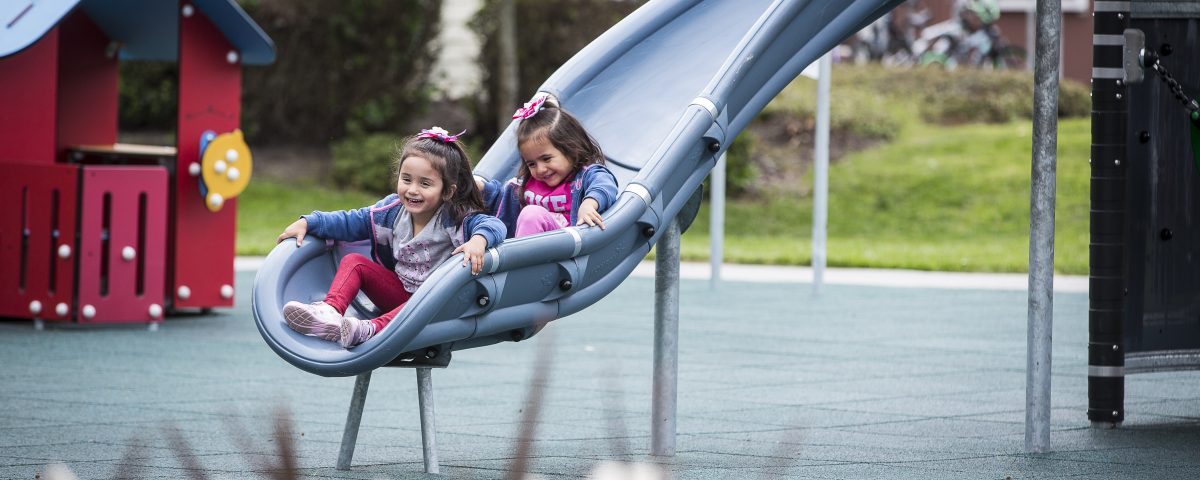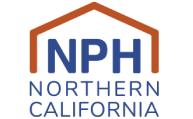Latest Bay Area Housing Data Reinforces Advocates’ Calls for Affordable Housing Solutions, Investments
Join the Movement for Housing Justice!
May 8, 2022
Governor’s May Revise Doesn’t Go Far Enough to Support Housing, Homelessness Solutions that Our Communities Desperately Need
May 16, 2022
May 10, 2022 (San Francisco Bay Area) – 2/3 of the Bay Area’s extremely low-income households are spending more than half of their earnings to pay rent, according to new data released today by the California Housing Partnership.
The findings offer a data-driven presentation of the reality that people living and working in the Bay Area experience, owing to the region’s limited affordable and accessible housing.
“The data tell a clear story about what our region is facing and offers a stark choice for where we head. We need to ask ourselves: What kind of place do we want the Bay Area to be? And what are we doing to get us there?” said Amie Fishman, Non-Profit Housing Association of Northern California Executive Director. “The consequences of not prioritizing housing will be borne by all of us, not just the people struggling to find affordable housing.”
Key findings from the reports show that:
- Bay Area residents are struggling to find affordable, accessible home options.
- Across the nine Bay Area counties, two thirds (67%) of extremely low-income households are severely cost burdened, meaning they spend more than half of their income on housing costs alone – leaving families little money to pay for other necessities, such as food, transportation, diapers, and other necessary bills and household costs.
- There is a shortfall of 207,820 affordable homes spanning the nine counties.
- Rents are still rising. Between Q4 2020 and Q4 2021, asking rents in the Bay Area increased by 6.1%.
- Generations of exclusionary policies and institutional racism have created an unjust housing system which falls hardest on communities of color.
- Renters of color face the highest rates of cost burden in the Bay Area: 59% of Black households, 57% Pacific Islander households, 53% Latinx households, and 65% other households of color.
- Patterns demonstrate where investments have worked – though solutions have yet to scale and sustain to meet regional needs.
- With the addition of Homekey, interim and permanent housing supply in the Bay Area increased to 19,624 beds.
- An increase in state investments in the Bay Area from 2018 -19 had meaningful results, including reducing the affordable housing shortfall; yet funding decreased in FY 2020-21.
“There is no city or county in the Bay Area that’s not affected by this,” said Jen Klose, Executive Director of Generation Housing, Sonoma County. “Housing costs don’t just affect where you’re able to live — they impact the economy and resiliency of our whole region.”
“We know the need is tremendous – too few homes people can afford, too many of us paying way more than we can afford for rent,” said Regina Williams, Executive Director of SV@Home. “We also see our collective commitment paying off. We are creating more permanent affordable homes, and we know there are more on the way.”
The reports come during the region’s month-long May Affordable Housing Month celebration, where a series of events uplift and share proven models, innovative solutions, and specific actions that local and state governments can take to build a future where everyone has a safe, stable, affordable place to call home.
“The need from our community is real. The enthusiasm, innovation, and passion from the affordable housing community is potent. Just imagine what we could do with the right investments, infrastructure, and policies,” said Gloria Bruce, East Bay Housing Organizations Executive Director.
Bay Area Affordable Housing advocates’ recommendations and proposals include:
- Deepening investments in housing and homelessness solutions in the upcoming State Budget Proposal May Revise;
- Advancing a regional housing strategy through the Bay Area Housing Finance Authority;
- Pursuing strong housing planning through local Housing Elements process, a once-in-a-decade opportunity for local jurisdictions to plan for their communities’ housing future.
“There is no shortage of solutions,” said Evelyn Stivers, Housing Leadership Council of San Mateo County Executive Director. “What we need to shore up is political will to pursue them, from all levels of government.”
“California’s Roadmap Home 2030 goals of housing the homeless, ending the crisis in affordability, protecting vulnerable renters from displacement, and closing racial equity gaps are attainable if state leaders embrace the proposal made by Assembly Housing Chair Buffy Wicks to set aside 5% of state general funds for this purpose,” said Matt Schwarz, president and CEO of the California Housing Partnership. “This is the kind of bold, long-term investment we need to scale our resources to the scope of these challenges.”
###
Media Contacts:
Christina Gotuaco, California Housing Partnership, 415-433-6804 x313, cgotuaco@chpc.net
Alina Harway, Non-Profit Housing Association of Northern California, 415-989-8160 x36, alina@nonprofithousing.org
For more about May Affordable Housing Month: www.affordablehousingmonth.org
About NPH: Since 1979, the Non-Profit Housing Association of Northern California (NPH) has been the collective voice of affordable housing for the Bay Area.
NPH works to realize our mission by advancing meaningful, critical policy solutions, and strengthening the affordable housing community who implement the programs and policies in our Bay Area communities. Our policy work advances bold solutions for a more affordable, stable, thriving region and state, focusing on housing solutions that address the structural inequities that have made housing out of reach for so many Bay Area residents, especially for people with low-incomes and communities of colors who suffer disproportionately from exclusionary housing policies. Our programs and events strengthen and grow the capacity of our members to produce, preserve, and protect affordable housing for equitable communities and neighborhoods. NPH is a 501(c)3, not-for-profit public benefit corporation of California. Learn more about NPH’s work as the Bay Area’s voice of affordable housing: nonprofithousing.org
About the Partnership: The California Housing Partnership creates and preserves affordable and sustainable homes for Californians with low incomes by providing expert financial and policy solutions to nonprofit and public partners. Since 1988, the Partnership’s on-the-ground technical assistance, applied research, and legislative leadership has leveraged $25 billion in private and public financing to preserve and create more than 75,000 affordable homes. In addition, the Partnership provides statewide data tools for housing research and advocacy. Learn more about CHP’s work: chpc.net

